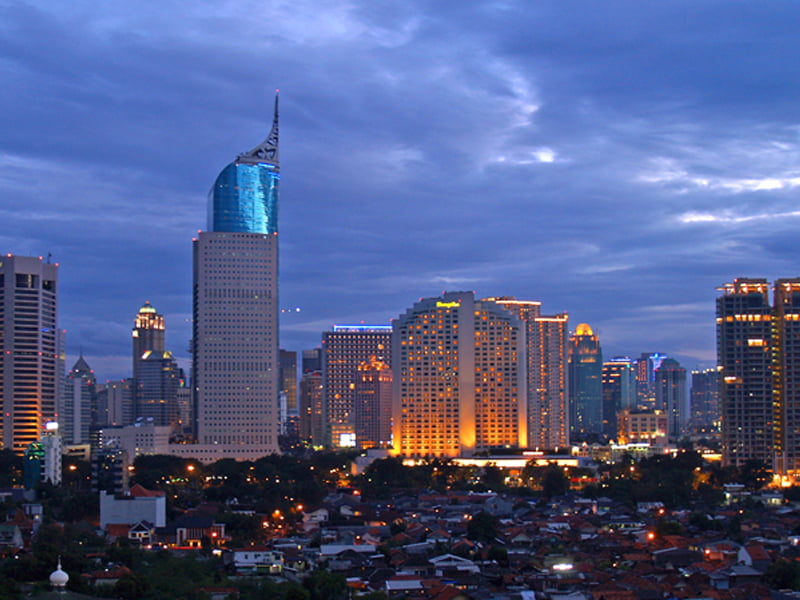With Free Trade Agreements signed with Japan, South Korea and China during this term in government, the Trade Department has pushed the accelerator on talks with Indonesia to secure a deeper and more formalised trade relationship.
For Australia’s services sector, including the swathes of services industries driven by technology, the prospect of closer Indonesia-Australia ties holds great potential.
Even so, while Indonesia might be our biggest neighbour and the largest component part of the vast and growing ASEAN trade bloc, it remains a mystery for the Australia technology sector.

For the services sector, Indonesia is a difficult market, and for many companies it has simply by-passed on the way through Singapore to the rest of Asia. This may be changing.
Whatever its sometimes taciturn domestic messaging, the government of Joko Widodo has signalled a greater willingness to broaden trade with Australia though liberalisation, opening the door to a more positive and enthusiastic rounds of talks.
The Indonesia relationship is complicated, to be sure. But to listen to Trade Department officials and old Indonesian hands talk about it at an Australian Services Roundtable meeting last week, the relationship is stronger than it’s ever been.
And for all the tough talking from President Widodo during its last election cycle, Indonesia has made plain that it wants closer economic and security ties with Australia. From a trade perspective, Indonesia has poured it energies into new TPP-EU-Australian trade partnerships as its strategic priorities.
According to Department of Foreign Affairs assistant secretary from its Free Trade Division Trudy Witbruek, there are still strong protectionist forces within the Indonesian Government, but its leadership is pressing the issue hard.
Indonesia’s trade minister, the Harvard-educated Thomas Lembong is considered a friend to both free trade and to the prospect of a meaningful FTA with Australia.
(Incidentally, Mr Lembong was on-hand with Malcolm Turnbull and President Widodo when they informally toured a spice market in Jakarta on the PMs first visit to Indonesia. This was considered remarkable both because it was a demonstrable commitment to the bilateral friendship, and because Mr Turnbull lost half his body weight in sweat.)
Negotiations toward and Indonesia-Australia Comprehensive Economic Partnership Agreement (IA-CEPA (this is the acronym that has replaced the unfashionable term FTA) were re-opened in May with renewed vigour after drifting for a couple of years.
Both sides are talking up a commitment to capturing ‘low-hanging fruit’ in the relationship (these are considered services, goods, and investment, as well as an effort to deal with cross-border eCommerce and competition rules) and to complete an initial agreement in 12 to 18 months.
This is an ambitious timetable. The two sides have committed to meeting every three months (with the next round scheduled for August in balmy Canberra.)
For Australian services firms, from telecommunications and information technology to architecture and engineering, there are tremendous opportunities of the government can get it right. Government is still calling for submissions from business (this engagement is being driven through the Australian Chamber of Commerce and Industry.)
The opportunity is immense. Indonesia’s 250 million people make up one-third of ASEAN. Its average age of 29 years points to its middle class growth potential.
Socially and electronically, Indonesia is utterly engaged. It is the fourth largest user of Facebook and the fifth largest user of Twitter. Consider this: Indonesia is the biggest eCommerce market in Southeast Asia, despite the impediments of a poorly-developed eCommerce delivery infrastructure (opening opportunities in transport and logistics, cold storage and broader engineering services.)
Austrade has identified the Aviation industry as a good opportunity for Australian services providers. Indonesia expects to build 40 new airports in the next ten years (roughly the time it will take to build Badgery’s Creek).
It will need 700 new pilots trained annually, and all the radar, communications, engineering and architectural services that come with a large infrastructure project.
Do you know more? Contact James Riley via Email.

